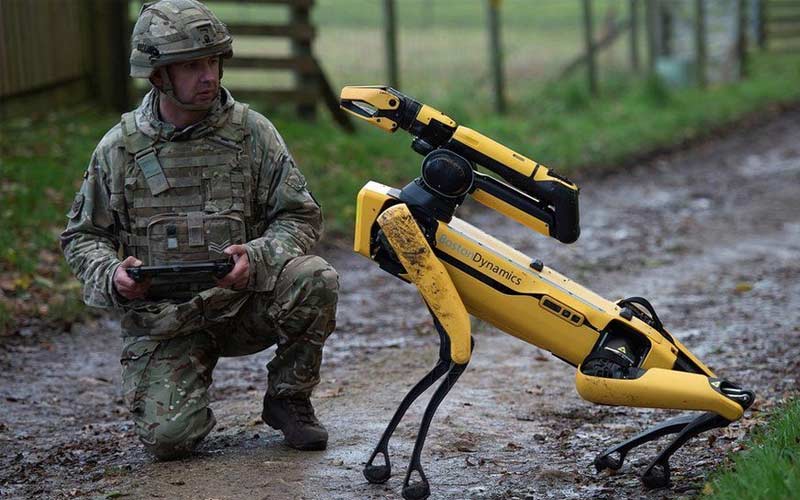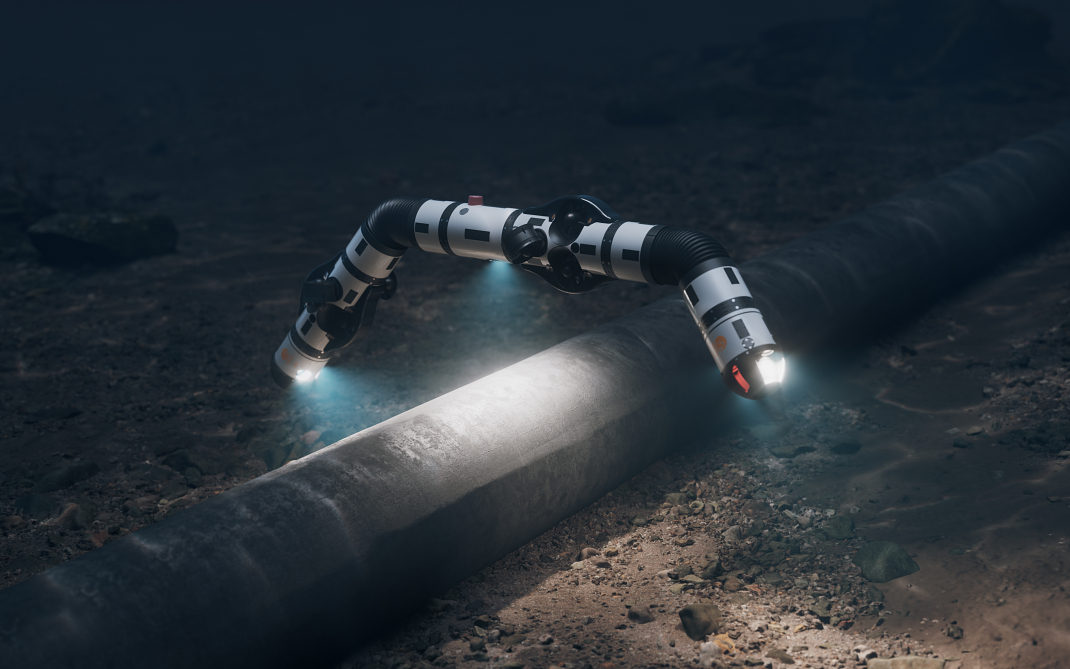Robotics is a multidisciplinary branch of engineering that designs, builds, operates, and uses robots to carry out different tasks, improving human performance and reducing errors. It allows tasks to be performed more quickly and effectively, also protecting people from potential occupational hazards. In the fields of exploration, security, and rescue, this technology can represent an opportunity to improve the methods used, resource management, and the results obtained in different missions and scenarios that may arise. Some examples of the potential uses of these robots include underwater exploration or search and rescue missions in the debris caused by a natural disaster or other types of catastrophes, as well as underground exploration for construction projects, among many other possibilities. Robots like the Japanese Quince, which played a prominent role in the exploration following the earthquake in Japan that led to the Fukushima nuclear disaster in 2011, exhibit high levels of adaptability to act under a wide variety of situations, with the aim of being prepared for eventualities that may occur during these types of situations.

The Robotics Expert for Exploration, Security and Rescue is the professional who will manage and organize projects related to this type of robots through dates and deadlines, resource management, objective planning, work methodologies, and interaction with professionals from other disciplines. To do this, they must be an expert in the aforementioned aspects, but they must also be an expert in communication, teamwork, and task delegation, as they must ensure that all parts of the project are synchronized and working in harmony, so that the objectives can be achieved within the planned deadlines. Furthermore, it is important for them to have knowledge about technology and the security sector, as these will allow them to interact fluently with professionals from different disciplines involved in the project, and also help them organize the project in such a way that all professionals in the team can give their best.
According to Markets And Markets, the Robotics market will reach 70 billion dollars by 2023, with a projected annual growth rate of 9.4%, demonstrating the importance it will have in the future. This evolution and growth have been observed in this sector, as the company Geo Marines Survey Systems started developing in 2018 a submarine robot equipped with hydrophones, computers, and sound sensors, with the aim of being part of search robot teams that will coordinate with each other using sound waves and similar technologies. This allows for exploration and mapping of different seabeds, representing a good opportunity to develop a highly useful technology for missions of this nature. In addition, a Norwegian company (Eelume) in collaboration with the Norwegian University of Science and Technology has created a snake-shaped robot that promises to revolutionize underwater exploration. This robot has a segmented and flexible body that can move freely under a wide variety of conditions, and these are some of the characteristics that have allowed it to surpass many of the tests it has been subjected to, creating a bright projection for the future in this sector. Another example is the so-called Teseo Project, in which researchers are investigating how machines could reduce the need for people to risk their lives to deliver ammunition, clothing, food, and fuel.
Still unsure about what to work or study?
Enter the only platform for vocational career guidance that directs towards future-proof jobs and find yours.
Thousands of people have already gone through Singularity Experts to discover what to study or work in!
Welcome to your future.
